详细说明
Assay Type
Solid Phase Sandwich ELISA
Format
96-well strip plate
Sample Type & Volume Required
Cell lysates (100 µL)
Sufficient Materials
Kits available for two, five, or fifteen 96-well plates*
Specificity
Please see the
* Provided that the recommended microplates, buffers, diluents, substrates and solutions are used, and the assay is run as summarized in the Assay Procedure provided.
This DuoSet IC ELISA contains the basic components required for the development of sandwich ELISAs to measure tyrosine-phosphorylated
Product Features
Optimized capture and detection antibody pairings and recommended concentrations save lengthy development time
Development protocols are provided to guide further assay optimization
Assay can be customized to your specific needs
Available in 2, 5, and 15-(96-well) plate pack sizes
Economical alternative to Western blot
Kit Content
Capture Antibody
Conjugated Detection Antibody
Calibrated Immunoassay Standard or Control
Other Reagents Required
PBS: (Catalog # ), or 137 mM NaCl, 2.7 mM KCl, 8.1 mM Na2HPO4, 1.5 mM KH2O4, pH 7.2 - 7.4, 0.2 µm filtered
Wash Buffer: (Catalog # ), or equivalent
Lysis Buffer*
IC Diluent*
Blocking Buffer*
Substrate Solution: 1:1 mixture of Color Reagent A (H2O2) and Color Reagent B (Tetramethylbenzidine) (Catalog # )
Stop Solution: 2 N H2SO4 (Catalog # )
Microplates: R&D Systems (Catalog # ), or equivalent
Plate Sealers: ELISA Plate Sealers (Catalog # ), or equivalent
*For the Lysis Buffer, IC Diluent, and Blocking BUffer recommended for a specific DuoSet ELISA Development Kit, please see the product
Preparation and Storage
Storage
Store the unopened product at 2 - 8 °C. Do not use past expiration date.
Background: TrkA
TrkA, the product of the protooncogene trk, is a member of the neurotrophic tyrosine kinase receptor family that has three members. TrkA, TrkB and TrkC preferentially bind NGF, NT-4 and BDNF, and NT-3, respectively. All Trk family proteins share a conserved complex subdomain organization consisting of a signal peptide, two cysteine-rich domains, a cluster of three leucine-rich motifs, and two immunoglobulin-like domains in the extracellular region, as well as an intracellular region that contains the tyrosine kinase domain.
Two distinct TrkA isoforms that differ by virtue of a 6 amino acid insertion in their extracellular domain have been identified. The longer TrkA isoform is the only isoform expressed within neuronal tissues whereas the shorter TrkA is expressed mainly in non neuronal tissues. NGF binds to TrkA with low affinity and activates its cytoplasmic kinase, initiating a signaling cascade that mediates neuronal survival and differentiation. Higher affinity binding of NGF requires the coexpression of TrkA with the p75 NGF receptor (NGFR), a member of the tumor necrosis factor receptor superfamily. NGFR binds all neurotrophins with low affinity and modulates Trk activity as well as alters the specificity of Trk receptors for their ligands. NGFR can also mediate cell death when expressed independent of Trk.
Entrez Gene IDs:
4914 (Human); 59109 (Rat);
Long Name:
Neurotrophic Tyrosine Kinase Receptor A
Aliases:
DKFZp781I14186; EC 2.7.10; EC 2.7.10.1; MTChigh affinity nerve growth factor receptor; Neurotrophic tyrosine kinase receptor type 1; neurotrophic tyrosine kinase, receptor, type 1; NTRK1; NTRK-1; p140-TrkA; TRK1-transforming tyrosine kinase protein; TrkA; Trk-A; TRKAOncogene TRK; TRKTRK1; tyrosine kinase receptor A







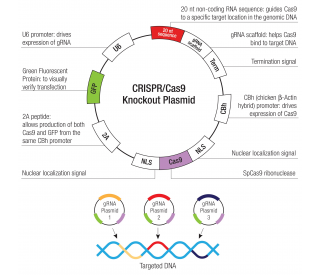
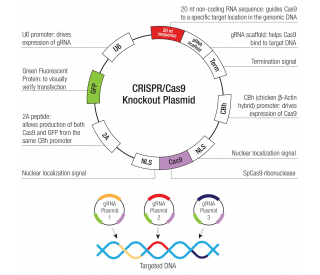
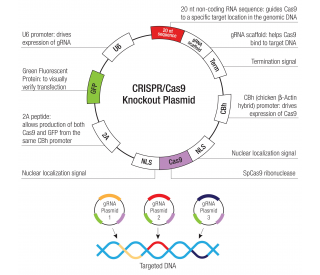
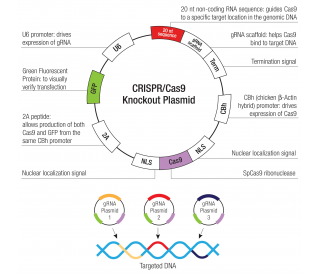
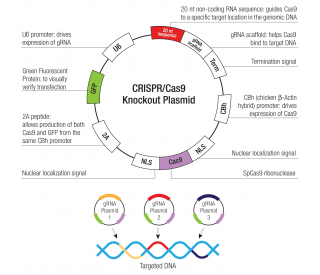
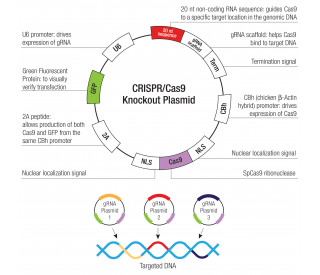



 粤公网安备44196802000105号
粤公网安备44196802000105号